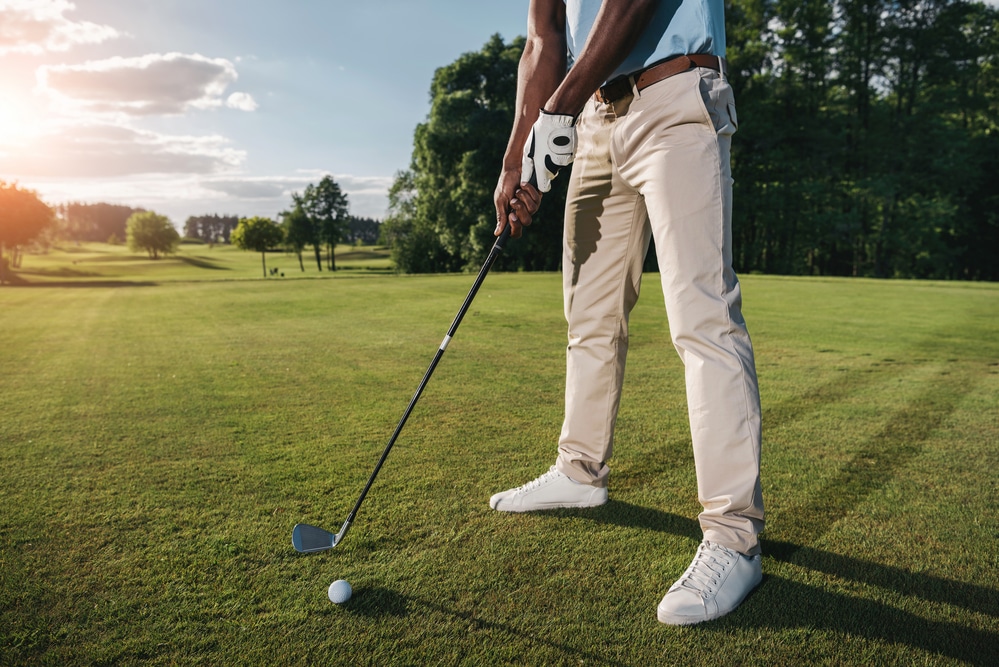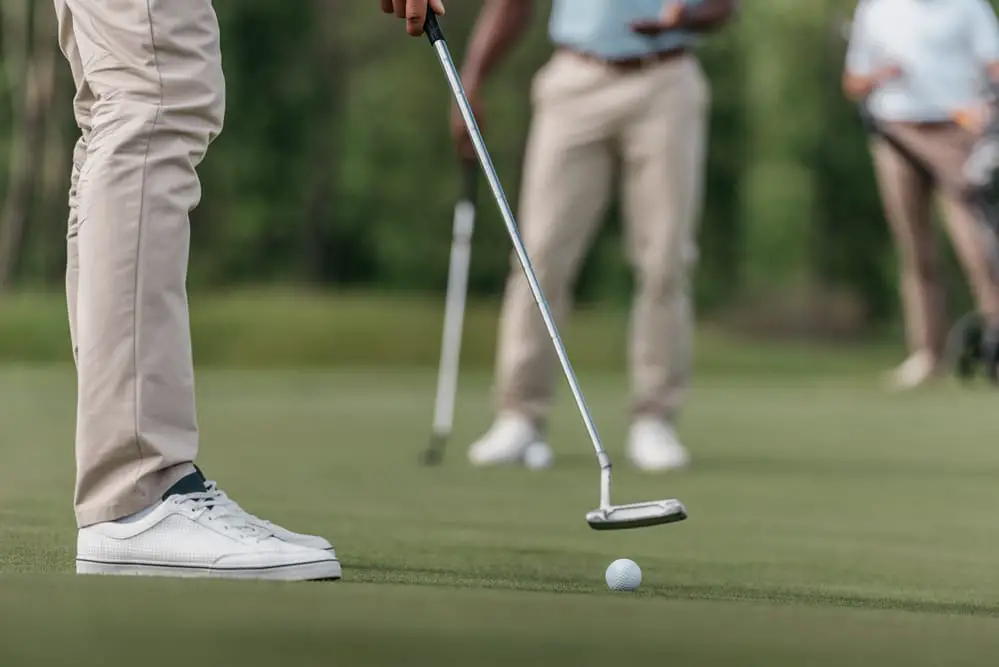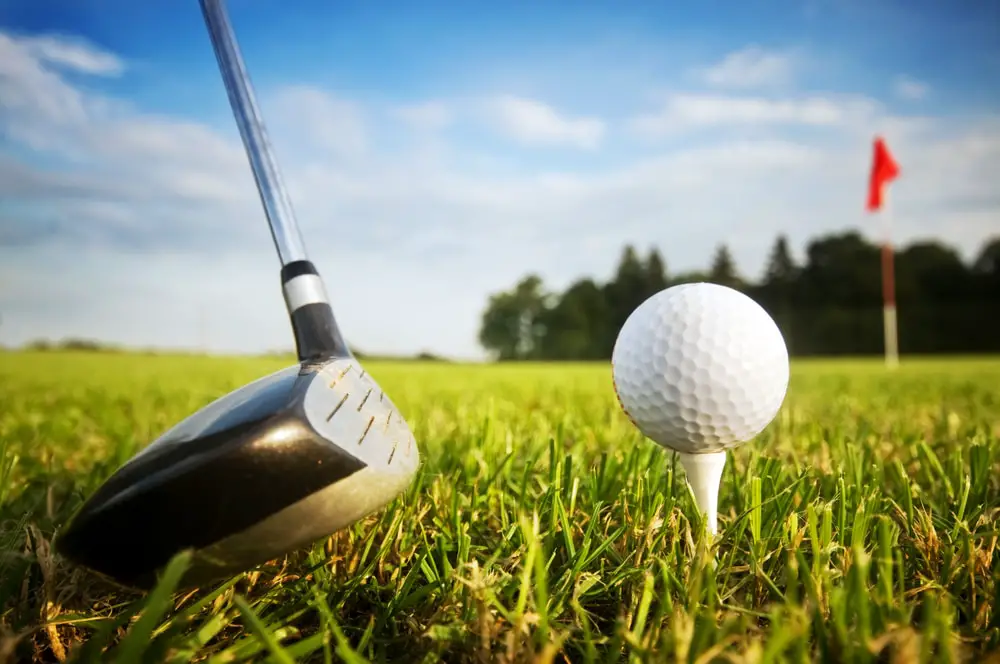Last Updated on November 2, 2023
Golfers are always looking for ways to improve their game, and the lie angle in golf is one of those factors that can have a huge impact. But what exactly is the lie angle? How do you measure it, adjust it, and where should you go to get your clubs adjusted if needed? In this blog post, we’ll answer all these questions about the lie angle in golf so that you can take your game to another level. We’ll discuss why adjusting the lie angle is important, common mistakes when doing so, and how best to get started. So grab your clubs, and let’s start talking about improving our games with adjustments on the lie angle in golf.
Table of Contents:
- What Is the Lie Angle in Golf?
- How to Measure Lie Angle
- Benefits of Adjusting Lie Angle
- Common Mistakes When Adjusting Lie Angle
- FAQs in Relation to What Is the Lie Angle in Golf
- Conclusion
What Is the Lie Angle in Golf?
Lie angle is the angle between the shaft of a golf club and the sole (bottom) of the club head. It affects how much your ball curves when you hit it, as well as how far it goes. The lie angle is an important factor in determining whether or not a golfer can make consistent shots with their clubs.
When a golfer sets up to take a shot, they want their feet, hips, shoulders and arms all aligned correctly so that they can deliver maximum power through impact with the ball. If any part of this alignment is off by even just one degree, then there could be serious consequences for their game. This is where adjusting your lie angle comes into play – if you have too much loft on your club face, then you may need to adjust your lie angle down; if you don’t have enough loft, then you may need to adjust it up.
How to Measure Lie Angle
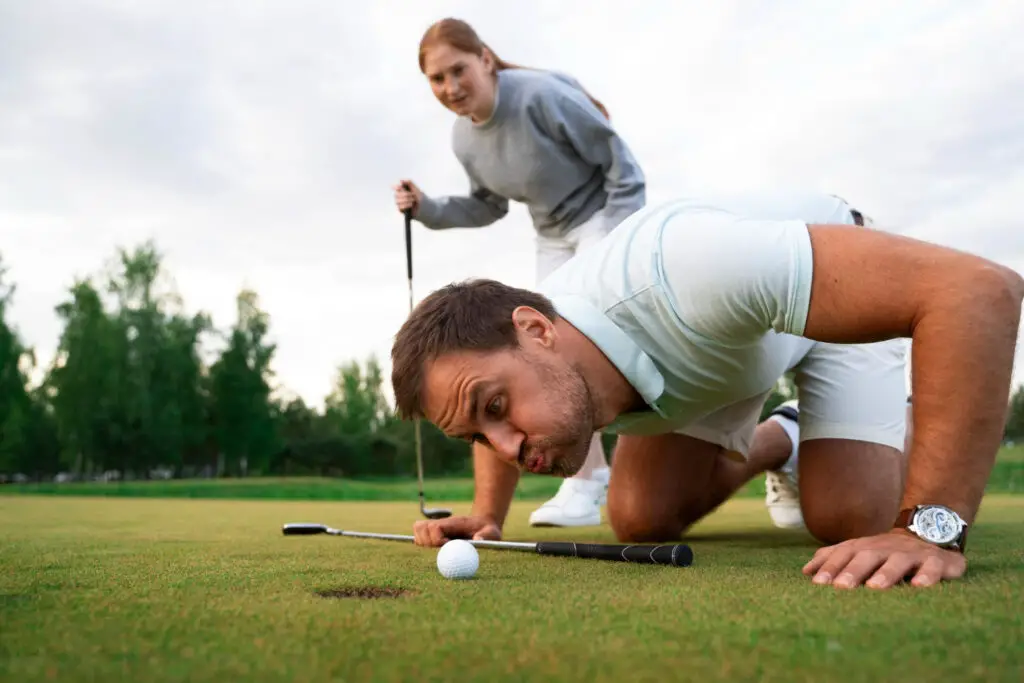
The first step in measuring lie angle is to place a flat surface on the ground, such as a piece of plywood or a level concrete floor. Place the head of the club on this surface to be parallel to it. This will give you an accurate reference point for measuring lie angle.
To ensure maximum consistency with each shot taken, the goal should be to achieve perfect perpendicularity between the shaft and ground plane. This eliminates any sidespin caused by the incorrect alignment between the clubface and ball at impact due to misaligned shafts relative to their intended target line direction. To do this, use a protractor or other device to measure angles to determine how far off from perpendicular (90 degrees) the shaft lies relative to the ground when viewed from above. If it’s more than one degree off, then you need to adjust your lie angle accordingly.
When adjusting lie angles, make sure not to overdo it. Too much adjustment can cause problems like excessive heel-side dispersion during ball flight or, even worse – hooking/drawing instead of straightening out slices. It’s a best practice only adjust 1-2 degrees at most per session until desired results are achieved over time through trial & error experimentation using data collected from launch monitors or other tracking devices if available.
Benefits of Adjusting Lie Angle
When the lie angle is adjusted correctly, it helps to ensure that your clubs are making contact with the ground at exactly the right spot. This allows for more consistent shots and better control over trajectory, spin rate, and launch conditions. Additionally, adjusting lie angles also reduces stress on joints like elbows and wrists by ensuring that they remain in their natural positions throughout a swing.
The benefits don’t stop there, though. Properly adjusted lie angles can also help improve consistency from one club to another and reduce fatigue during play due to improved posture while swinging. Furthermore, when combined with other customisations such as loft adjustment or shaft length alteration, it becomes even easier to achieve optimal performance out on the course.
It’s important not to overlook common mistakes when adjusting lie angles, too – incorrect measurements can lead to poor results no matter how much effort has been put into customisation otherwise. Make sure you measure twice before making any adjustments so that everything is set up perfectly for maximum benefit from every single shot taken out on the course.
Common Mistakes When Adjusting Lie Angle
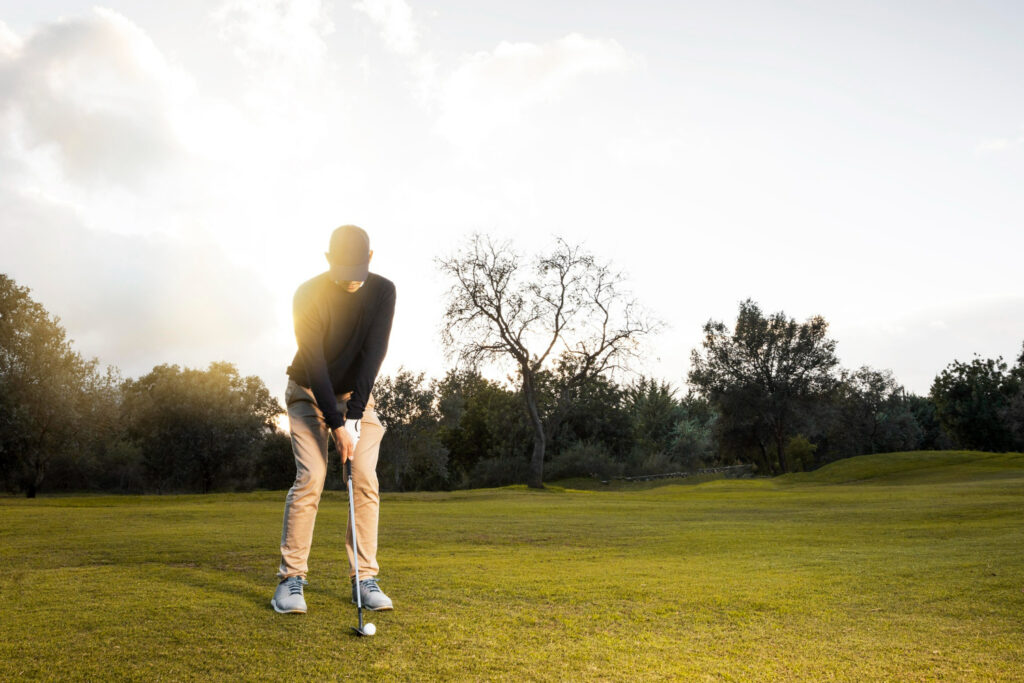
When adjusting the lie angle of your golf clubs, it’s important to take care of and avoid common mistakes. One mistake is not measuring correctly. Before making any adjustments, you should measure the current lie angle of your club using a special tool designed for this purpose. This will ensure you don’t make too drastic changes when adjusting the lie angle.
Another mistake is applying too much force when making adjustments. It can be tempting to use more force than necessary to get the desired result quickly, but this can damage or even break your club shafts if done incorrectly. Instead, use gentle pressure and take small steps until you reach the desired result – it may take longer, but it will be worth it in the end.
Finally, some people try to adjust their own clubs without seeking professional help first – this is never recommended, as incorrect adjustments could have serious consequences on your game performance later down the line. If possible, seek out a qualified golf instructor who can guide you through proper adjustment techniques and provide advice on how best to achieve optimal results with minimal effort and risk involved
FAQs in Relation to What Is the Lie Angle in Golf
What is the correct lie angle for a golf club?
The correct lie angle for a golf club is determined by the golfer’s height, arm length and posture. Generally speaking, the ideal lie angle should be between 59° to 63° for most players. The lie angle is measured from the sole of the club head to the shaft when placed on a flat surface. If your clubs have too much or too little loft, they can cause mis-hits due to incorrect alignment at impact. To ensure you are using correctly fitted clubs with an appropriate lie angle, it is best to consult a professional fitter who can help you determine what works best for your swing and body type.
What lie angle do most pros use?
Most professional golfers use a lie angle between 1° and 3°. This is the optimal angle for maximum accuracy, allowing the clubface to remain square to the target line at impact. The exact lie angle will vary depending on a golfer’s height, swing speed, and playing style. Generally, shorter players prefer more upright angles, while taller players may opt for flatter lies. Ultimately, finding the right lie angle requires trial and error until you find what works best for your game.
How do I know what lie angle I need?
Choosing the right lie angle for your golf clubs is an important factor in improving your game. The lie angle of a club refers to the angle between the sole and shaft when viewed from the address position. Generally, if you are taller than average, you will need a flatter lie angle; conversely, if you are shorter than average, you may require a more upright lie angle. It’s also important to consider other factors, such as swing type and ball flight tendencies, when selecting your ideal lie angles. Ultimately, it’s best to consult with an experienced professional who can help determine what works best for your individual needs.
Conclusion
In conclusion, the lie angle in golf is an important factor to consider when playing. It can have a huge impact on your game and should be adjusted accordingly. Understanding how to measure it, the benefits of adjusting it, and common mistakes to avoid are all essential for getting the most out of your clubs. With that being said, if you’re looking for help with adjusting the lie angle in golf, then make sure you find a professional who can do it correctly.
